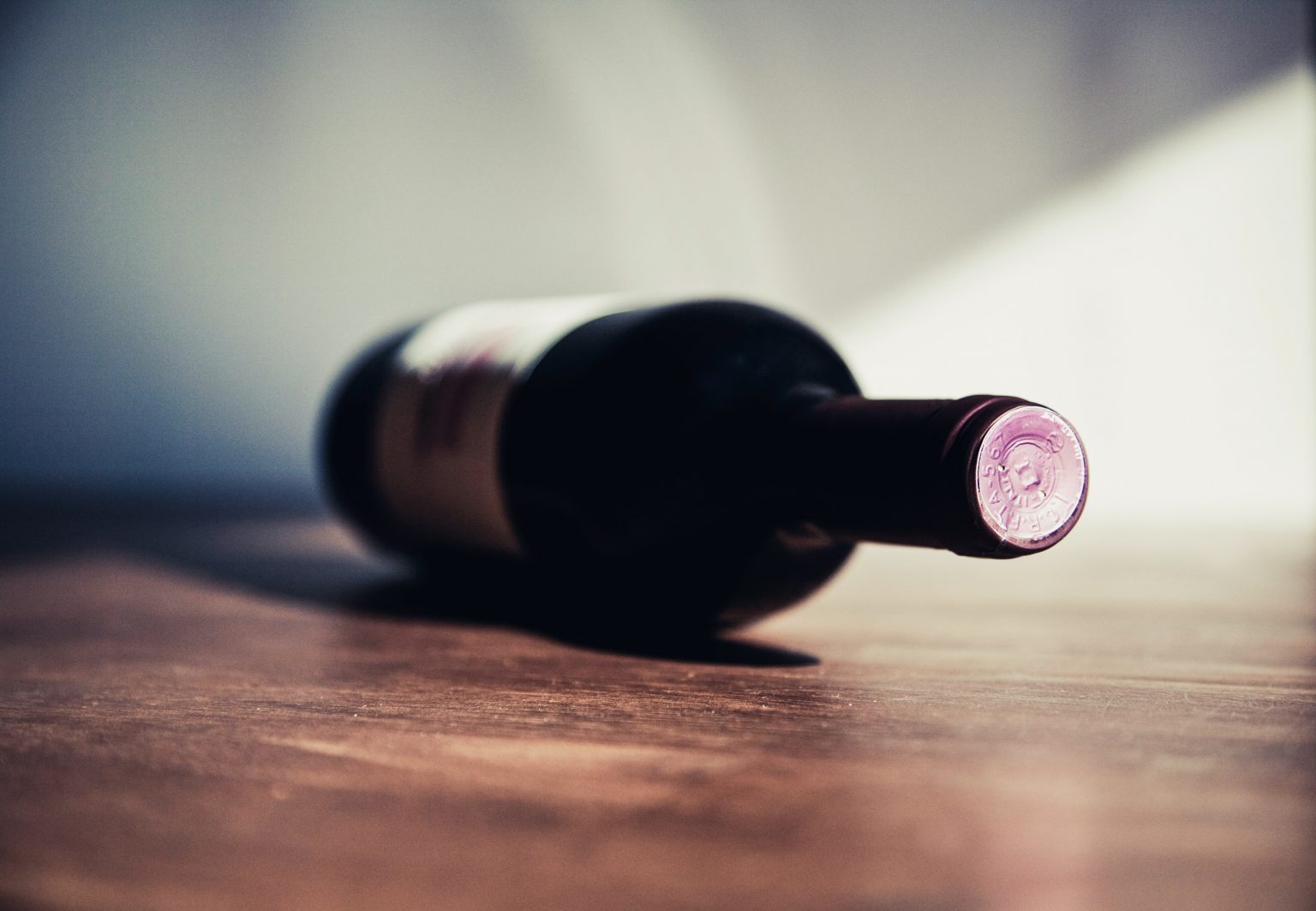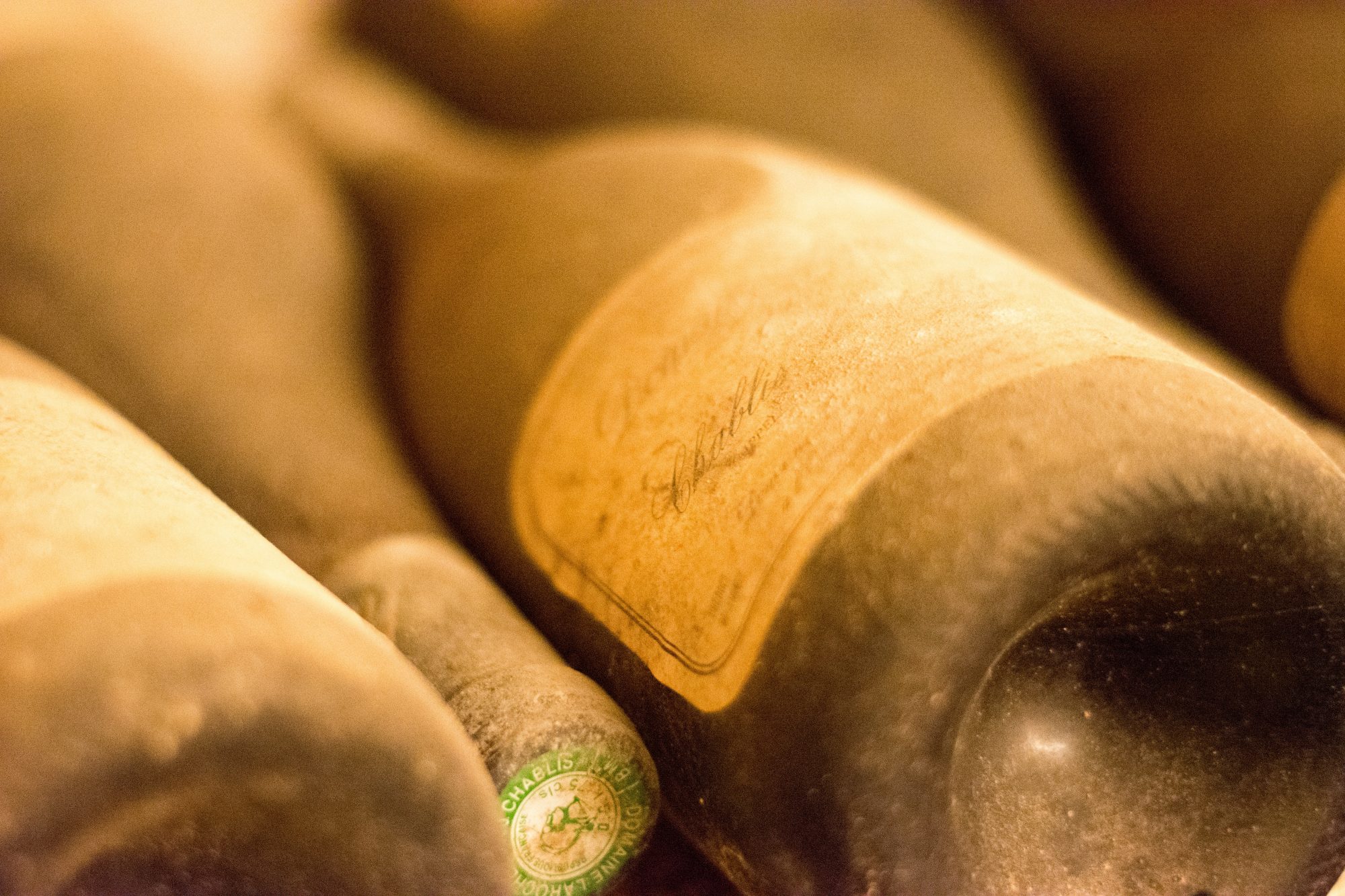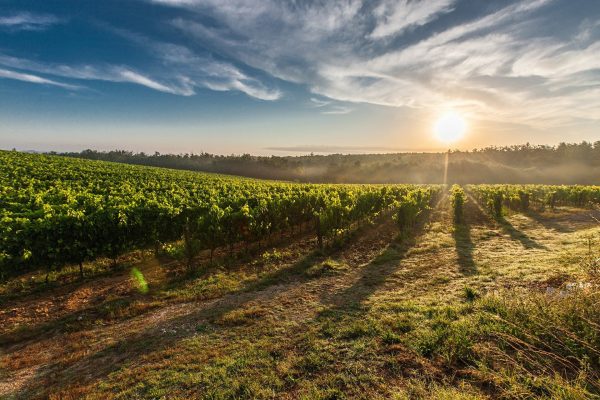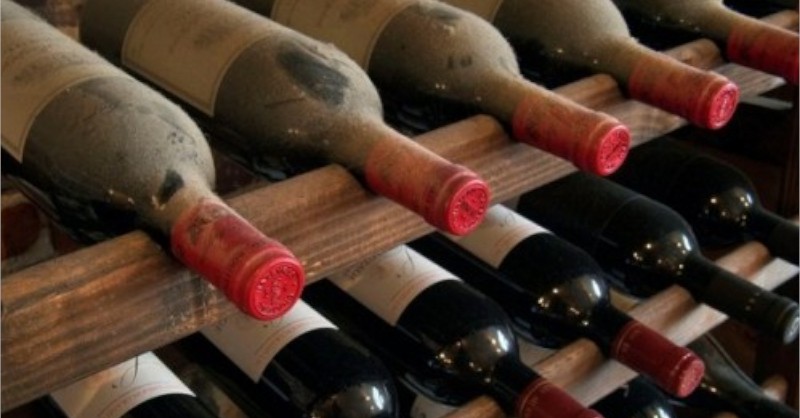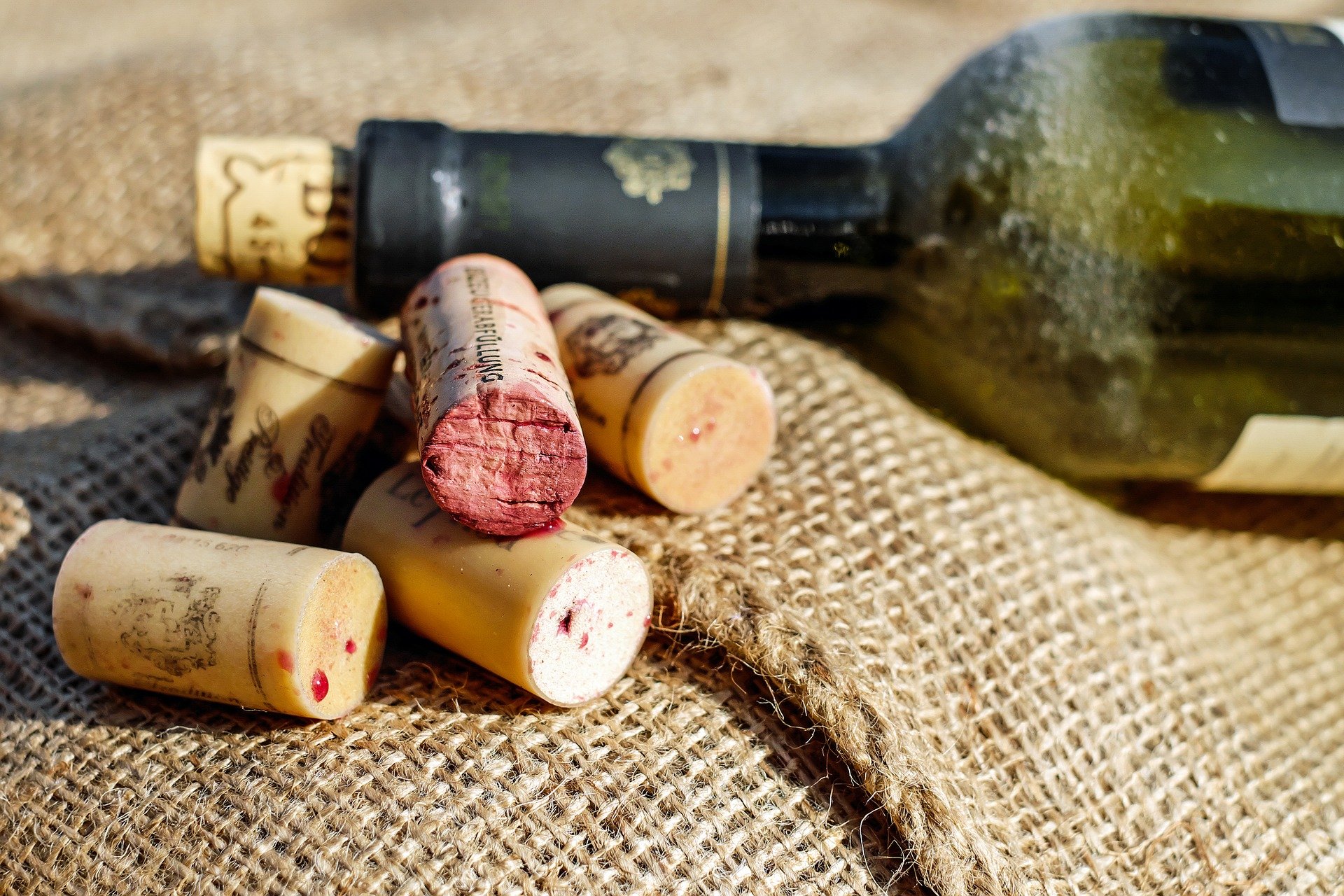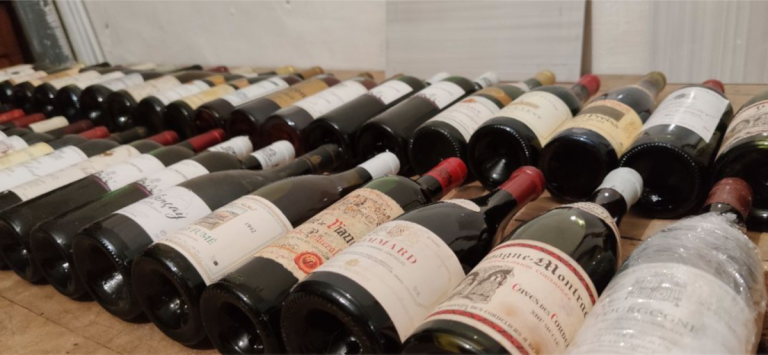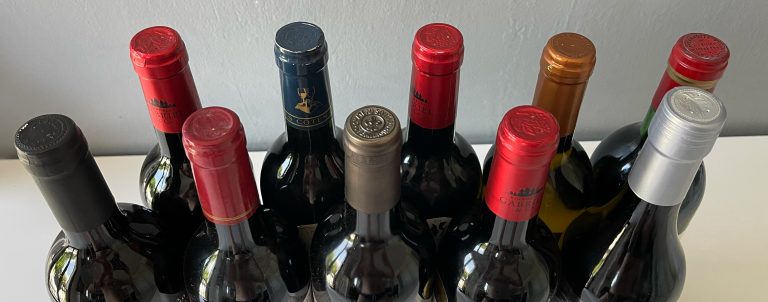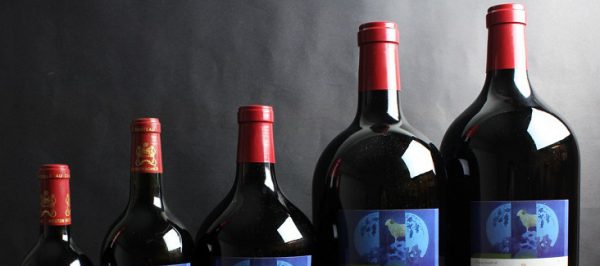Decoding and debate with Edgar Grantot, Founder and CEO of Cashiswine.
Edgar Grantot has been a wine specialist for over twenty years. He designed an algorithm that restores value to wines in the absence of a reference price.
What to do with the bottles of wine I don’t intend to drink?
I’m trying to give away some or all of them.
The Grands Crus enjoy an «official coast» based mainly on the result of auctions but they represent only 4% of the wines put on the market each year. For all other wines, the purchase price remains the only reference provided, of course, that the invoice has been kept. Beyond a certain number of years, who can say what the real value of an independent winemaker’s wine, a merchant’s wine, or even an organic wine is?
However, it is these wines that are found in private cellars. Grands Crus are not within the reach of every purse. Edgar Grantot designed an algorithm to precisely determine the price of a bottle in order to get these wines back into circulation. Indeed, price is a determining factor in triggering the decision of individuals to sell a wine or not. Often, they are not even aware that their wines are still valuable, thinking they are too old to be drunk.
How to estimate my wines at their fair price ?
How to spot yourself in the tag jungle ?
Edgar Grantot points out that several parameters are used in the calculation algorithm :
- The provenance : region, appellation and domain. Burgundy and Bordeaux wines have a much better reputation than any other wine.
- The quality of the vintage : a grade is awarded each year to determine the quality of a vintage of a appellation. This sets the general trend on the quality of wines from one year to the next.
- The Production conditions : The winemaking process and the choice of the shutter are made according to the type of wine that the producer intends to market. This gives us an indication of the wine’s potential for ageing.
- The distinctions : The wine has its guides and its reference sites that make rain and shine. Buyers trust them, so it is impossible to ignore them.
- The Consumer interest : The selection criteria in the act of purchase evolve according to trends. Consumers say they want to know everything about what they have in their glass and where the wine comes from. Organic and natural wines are on the rise.
And speculation in all this ?
Wine is trendy, both in our glasses and in the auction houses. Consumers are asking for more. Wine is at its peak and knows no borders, it crosses the oceans with prices that soar. China, Russia and other emerging countries marvel at the bottles of Bordeaux and Burgundy, then pull the prices up.
Wine has become an investment in its own right. Now, we invest in wine as we invest in stone. Wine has become an exotic asset without any regulation where you are often hidden the real risk. The cellar is no longer at home but online. Rather than selling and buying according to desires, we wonder. Is this the right time to sell ? Is it worth waiting to aim for a better price ? Is it likely to collapse in the next economic crisis ?
